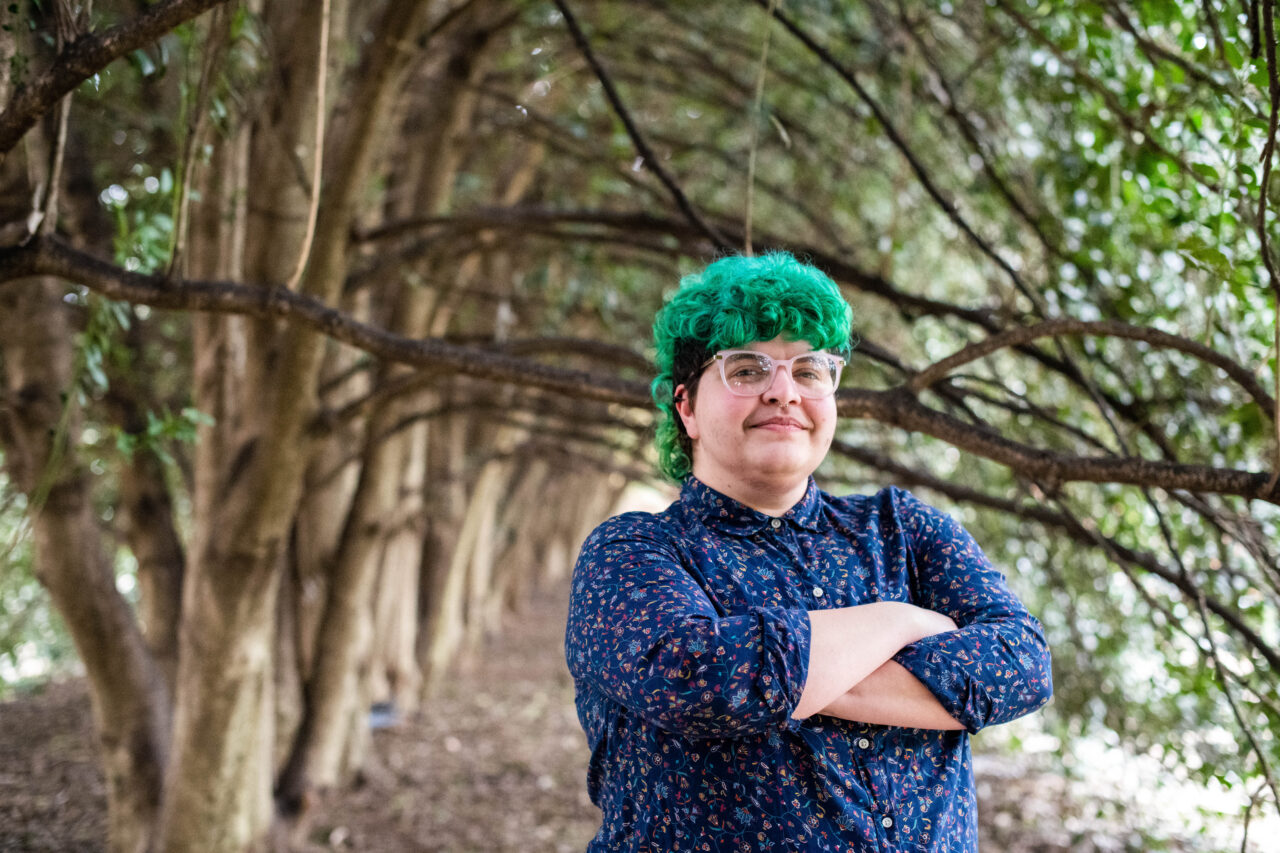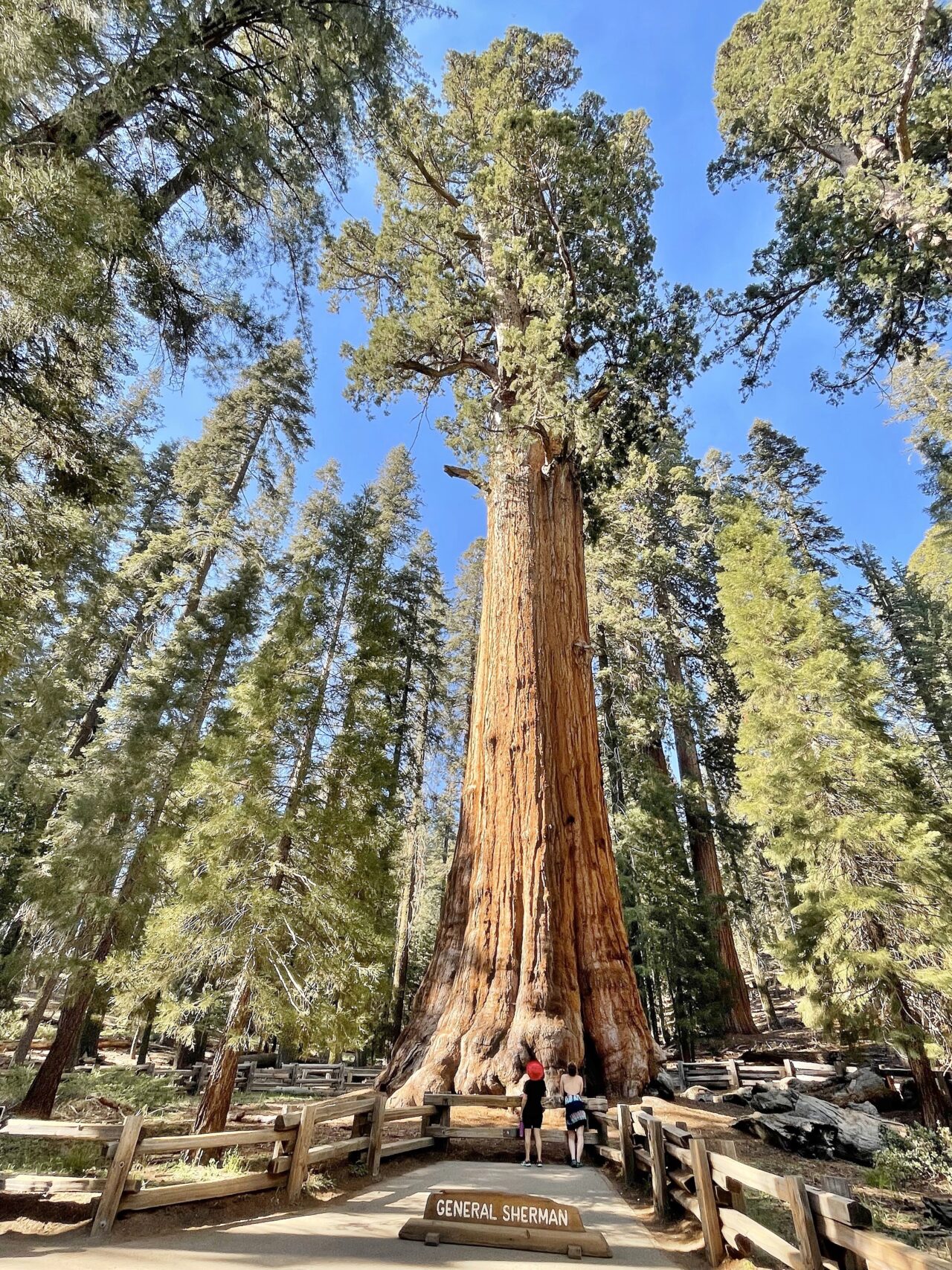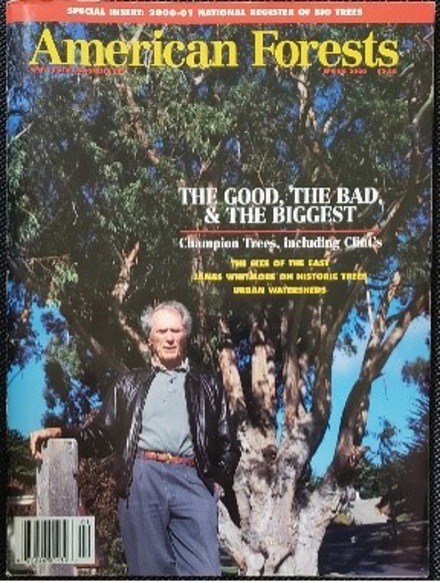The National Champion Tree Program has a rich legacy at American Forests, with winners gracing our magazine pages in a variety of spotlights for generations. As we look back at the program highlights, we also look forward as it moves to a new home at one of the world’s leading research land grant institutions, the University of Tennessee, Knoxville.
In 1940, the National Champion Tree Program was launched in American Forests magazine by noting:
“Such a conservation activity, it is believed, will have incalculable benefits, not only in stimulating greater tree appreciation, but in establishing a nation-wide laboratory for tree and forestry studies by future generations.”
The National Register of Champion Trees currently lists 561 species, including notable Champions such as the planet’s largest living organism, California’s General Sherman Sequoia, a five-story-high saguaro in Arizona and a bald cypress that Indiana Jones would struggle to find deep in the swamps of Arkansas.
“We are excited that the University of Tennessee’s School of Natural Resources will honor the storied legacy of the National Champion Tree Program while bringing innovative new ideas and life to it,” says Ian Leahy, senior advisor for urban forestry with American Forests. “The program succeeds because a core group of passionate supporters have gone to incredible lengths to proudly seek, document and promote these magnificent trees across the land. We hope they will continue to embrace the program as it embarks on a new era embedded in the opportunities that a leading state Champion Tree program and academic research institution provide.”
The university plans to advance the science and understanding of large trees and share that information nationally and globally. This includes preserving their genetic material to discover how a tree becomes a Champion and forging new partnerships with scientists and supporters.

Photo Credit: Aw, Snap
“There’s a lot of questions that we have about the physiology and biology of our largest trees. We don’t really know the upper limits of what these trees can do,” says Jaq Payne, the newly appointed director of the National Champion Tree Program. “So, I think there’s a lot of room for research and collaboration there.”
A Timeline of Champions
1940
The nationwide hunt for the biggest trees in the United States launches with an appeal to the public to find and save the largest of a list of 100 tree species.


Photo Credit: Marty Aligata / Wikimedia
1945
The first list is published under the title “Report on American Big Trees” with over 200 trees listed as national Champions, including the General Sherman, Jardine Juniper and Queets Fir which are still National Champion Trees today.
1969
The “Social Register of Big Trees” is published with a special list of Champions growing in Hawai’i, which was the newest state in the Union at that time.
2004
The first time the National Register of Big Trees is available both in print and online.


2014
The 86-page “Measuring Guidelines Handbook” is published, a major step toward a more rigorous and consistent approach to Champion Tree measurements.

2015
The program’s 75th anniversary reveals that Florida has the most Champion Trees of any state, with 133.
2024
The National Champion Tree Program enters a new era as it moves to the University of Tennessee, Knoxville’s School of Natural Resources.
HOW TO ENGAGE WITH THE NATIONAL CHAMPION TREE PROGRAM
The next National Register of Champion Trees is currently being updated and will be published in late 2024. Nomi- nations for new Champion Trees will reopen to the public in the spring of 2025. Nomination forms will be available on the new website at www.nationalchampiontree.org, where tree-seekers can find the timeline for nominations, sign up for notifications and discover resources about the program. Follow the program on Instagram and Tiktok @nationalchampiontree, and on Facebook at National Champion Tree Program.